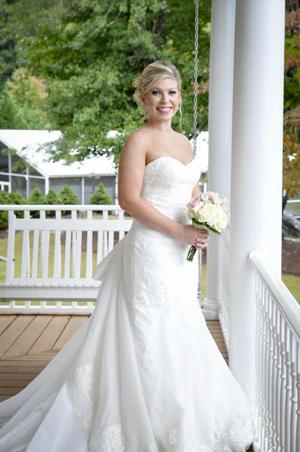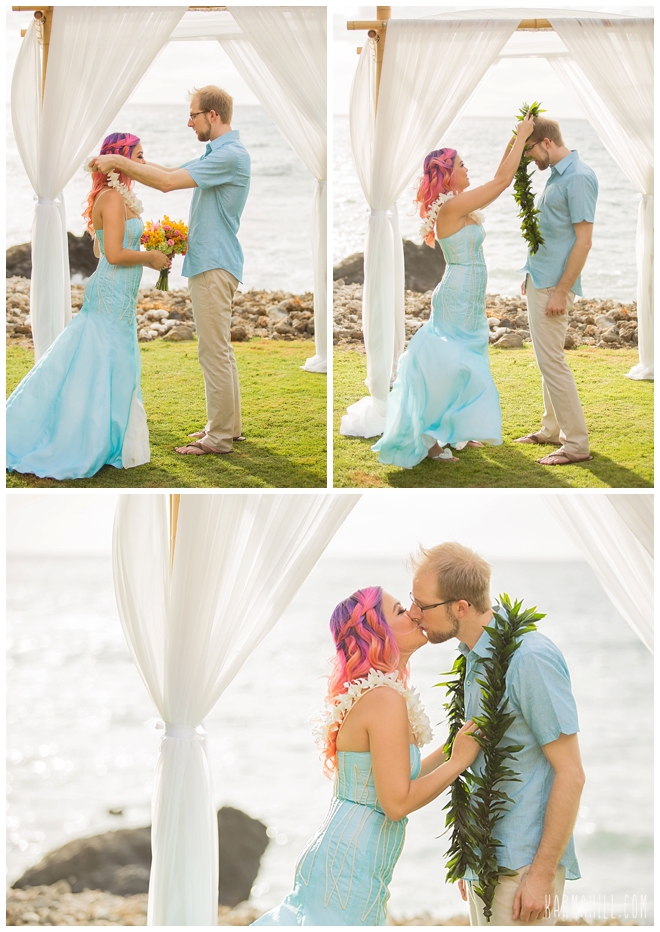Franca Sozzani hates air conditioning. So, even if it is 31 degrees Celsius in the shade, the editor of Vogue Italia is holding court on the terrace of the Armani Hotel where the great and the good of global fashion have gathered to deliberate over the winner of the Dubai edition of the Who Is On Next young designer competition, first started by Sozzani 12 years ago.
Next to Sozzani is footwear designer Christian Louboutin, chatting with Vogue India editor Priya Tanna and Nez Gebreel, chief executive of the Dubai Design & Fashion Council. At the other end of the table, Russian media maven Miroslava Duma — in town to cement a new partnership for her online news site Buro 24/7 — scans her phone while recounting stories from the Vanity Fair New Establishment Summit to Raffaello Napoleone, chief executive of Pitti Immagine.
Meanwhile, president of AltaRoma Silvia Venturini Fendi, president of the Camera Della Moda Italiana Carlo Capasa, and chief executive of Yoox Net-a-Porter Group Federico Marchetti — as well as Sozzani’s longtime publicist Emanuela Schneidler — plan a surprise birthday cake for Napoleone, and Burberry chief executive and chief creative officer Christopher Bailey, unable to attend in person, pings over his thoughts via email.
The prize forms part of the third annual Vogue Fashion Dubai Experience, a mixture of consumer-facing fashion events in the Dubai Mall, a gala dinner under the desert skies in support of the World Food Programme and the debut of the Dubai edition of the young designer prize, in partnership with Mohamed Alabbar, chairman of Emaar Properties.
But it’s not lost on anybody that the competition takes place in the wake of the shock departures of Alber Elbaz from Lanvin and Raf Simons from Dior, which, for different reasons, seemed to signal a tectonic shift in a fashion landscape that seems increasingly unsure about what the future holds and where the industry is going.
With futuristic Dubai as a backdrop, and the departures a major talking point of the week, I took the opportunity to speak to Sozzani afterwards on what it takes for young designers to succeed in an increasingly crowded — and chaotic — fashion landscape.
BoF: Why did you decide to bring Who Is On Next to Dubai?
FS: There’s a lot of energy. In three years, you see the evolution in an incredible way…the landscape is changing every year. The first time [I came], I remember I was on the terrace of the Burj Khalifa and it was like a small piece of New York in the middle of the desert. Now it is less desert and more buildings. The other thing that attracts me is that 60 percent of the population here is below 25. It’s amazing that there are so many young people really trying to do something. If I was 20, I [would] come here. I think there a lot of opportunities.

IMAGE coral bridesmaid dress
BoF: What is the goal of this platform specifically? How do you feel the talent here is distinctive from what you see elsewhere?
FS: It is the first time [we’ve done] a really serious [talent] scouting from countries [outside] Europe and America. So all of these people, they come from Africa, Asia, Middle East, Lebanon, etcetera. We have chosen 20 [finalists out of 200 applicants] and this has been the opportunity to give them a chance to be known. We don’t need another fashion week here. It’s the most stupid and ridiculous thing to think that we can make a fashion week here. There is not a fashion story here, but you can collect young people and give them the opportunity to be given awareness, a shop, or e-commerce, because at the end of the story, they need to sell.
We have chosen 20 [finalists out of 200 applicants] and this has been the opportunity to give them a chance to be known. We don’t need another fashion week here, but you can collect young people and give them the opportunity to be given awareness, or even a shop or e-commerce — because at the end of the story, they need to sell.
BoF: Still, there are many fashion prizes. Do you think the industry really needs to have all of them to shower designers with this attention and money?
FS: No, I think that you need only the contest by itself, the contest in which you give a prize. You have 100,000 or 200,000 euros? It doesn’t mean anything — nothing — because the money flies away. What you need really — and I repeat it — is distribution and production. And this is what we’re doing. We’re connecting people. We don’t give prizes in terms of money. They earn the possibility of distribution, production and the media.
BoF: With the big changes at Dior and Lanvin, it makes you think perhaps what young designers need is more than just distribution, and attention. What do you think the ruptures at these top fashion houses say about the state of fashion and what the future involves for young designers?
FS: Firstly, I think the changes at the top of the houses are for different reasons. Raf is making a choice of life, of his life. He was doing good work. People at Dior were happy, he was happy, everything was happy. But there was a certain moment — and that’s what I respect sometimes in younger people, they really want to put their life in front of their work. When you are at the top of the success, to say, ‘I go back! I want to keep my life!’ That for me is very interesting because it never happened in the past. This means that probably when you are younger, you are less scared of your choices. You feel, of course, stronger, and at the same time, not necessarily you want to be part of the system. And it indicates a lot of character to me.
I do not understand what happened at Lanvin, because for 14 years everything was going so well — and from nothing, from the ashes to build up a skyscraper. I don’t want to go inside the political situation of the maison, but it’s quite strange, you know?
I think that some of the [brands] are very good at taking risks. Look at Alessandro Michele for Gucci or Sarah Barton after Alexander McQueen, which were [both] very risky in a way. But they gave the chance to a young designer and probably that helped change the mentality in choosing now the [designer] of Vetements for Balenciaga.
This gives even more energy to the entire system. But it’s really surprising to me how many younger and good designers, they want to have their life.
BoF: Karl Lagerfeld had this quote that at the big companies like Chanel, Vuitton and Dior fashion is a full-time sport now, and you have to run. It’s not an occasional occupation.
FS: That is another point of view that I agree with, because there are a lot of young people that do not want to sacrifice anything for what they want, but they [still] want to be successful, and they want to be famous and they want to be rich. This is what I dislike.
Karl is a person who works 24 hours a day, but in a light way. He enjoys it, because he does what he likes. I work sometimes 24 hours a day, but I enjoy it because I like it. It’s an attitude that you have to have. If you don’t want to sacrifice anything, but to be rich, famous and beautiful, this is different. If it’s an egoistic choice, to say, ‘Ah no, but I wanted to have everything,’ it’s impossible.
At the same time, you have to respect the fact that not everybody wants to be in the system. Because it’s not [for] all of us. If you have to live with a kind of nightmare, it is better to give up and do something else. And you’ll find your balance, even in your mind. But now everybody wants to be famous outside; having beautiful dresses, taking pictures of yourself, blogging, how I dress – this is another nightmare for me. And I don’t think that this is going anywhere, but you are the icon for 10 minutes. And so we go back to [Andy Warhol’s] 15 minutes of fame.
BoF: As their businesses grow, do you think the pace that these young designers you are championing may find themselves in is sustainable?
FS: Yes, because most of these young guys that now are having the success, they really made something – they really organised themselves, they are really fighting for something. So for me what makes them sustainable is that they have a project, a vision. It is not a business plan, necessarily — it’s the vision that you have for your future. Some of them, you see the collection, you say: ‘Oh, this is so pretty and so smart.’ And after you talk, there is nothing behind them. This is not sustainable.
BoF: If the pace is sustainable and people have to make choices between their personal goals and their professional goals, what does it take take to have a quality of life?
FS: For me, it’s all inside. How you are. If you are superficial; if you want to be part of this glamorous world — that is only apparently glamorous — you completely lose yourself, because there will always be [people] younger than you, more beautiful than you, more talented than you. So you’re just running in the wrong direction and you get lost.
For me, my priority and my life is my son. So you have to make a choice, but to make these choices doesn’t mean that you have to give up your life.
People who say: ‘I’m not in the first row, yes, but which side of the first row!,’ this is a nightmare. This is not anymore a life. When we go to see what is the work of a designer, we have to respect his work. We are not the protagonists. They are the protagonists and we have to respect that, and when you become a really big part of this, you see it in the best way. Not just seeing it as yourself — who sits close to me, who is behind me — this is ridiculous.
READ MORE burgundy bridesmaid dresses


















